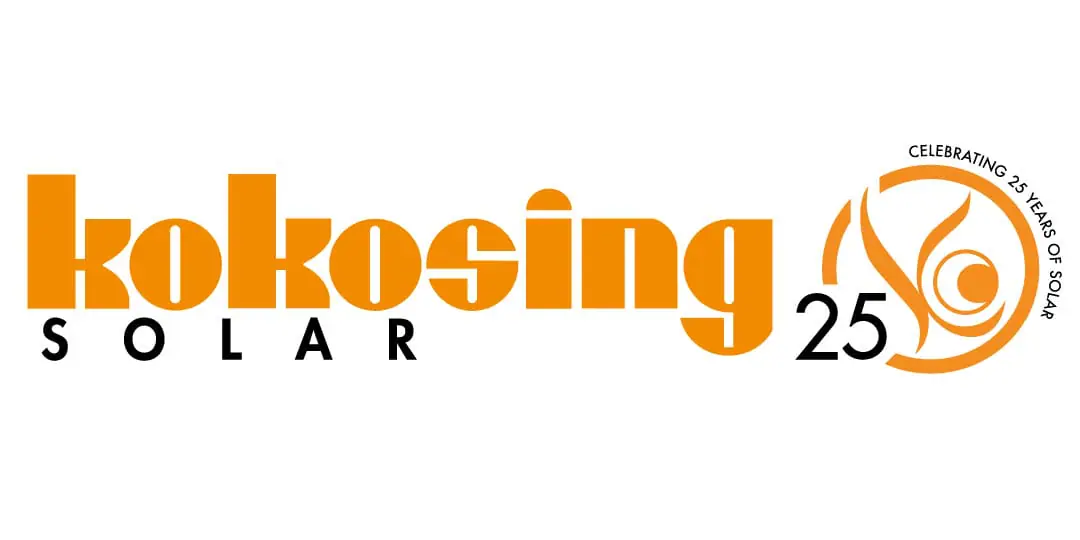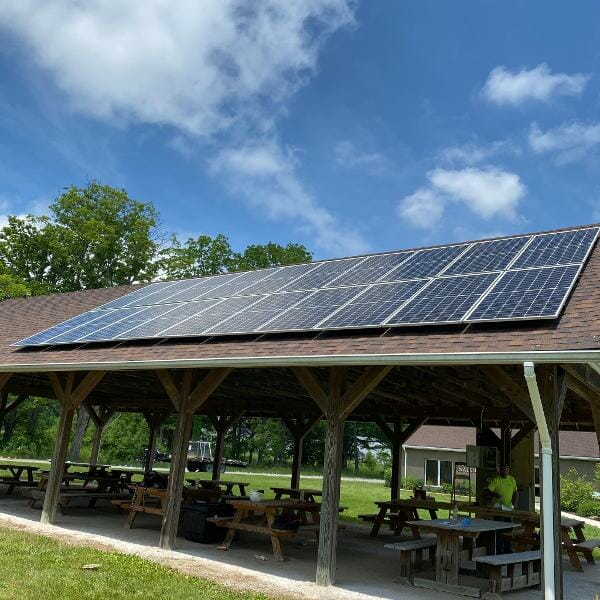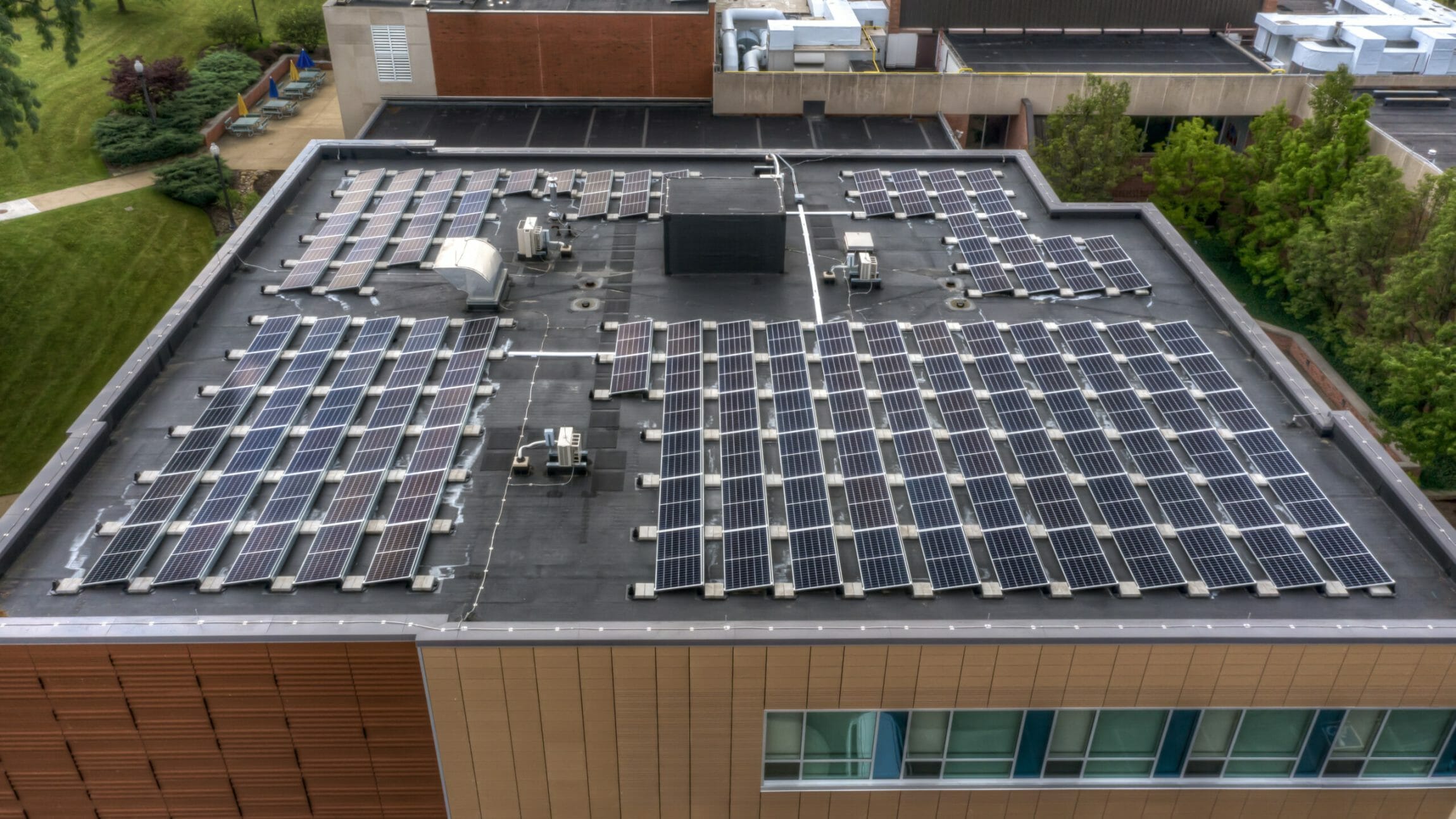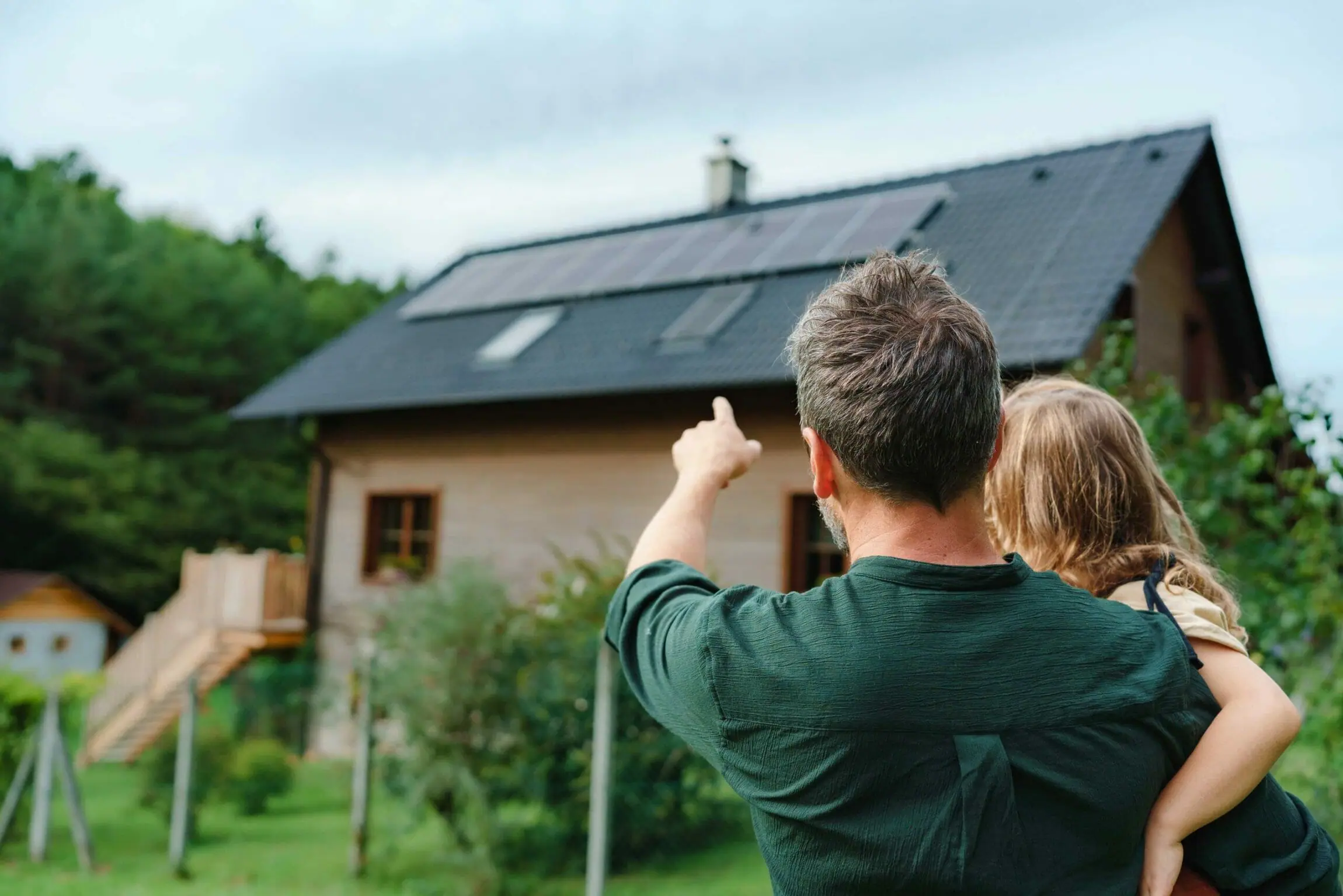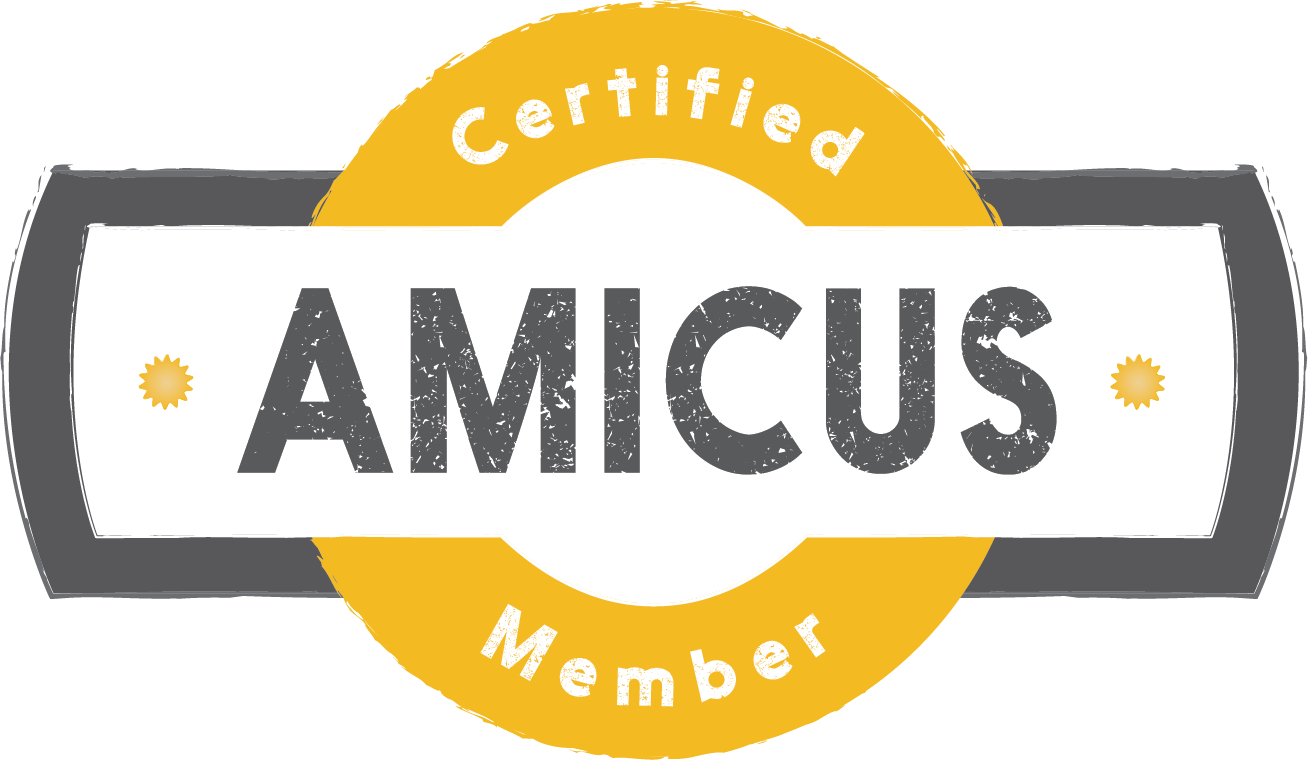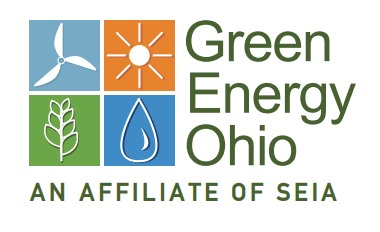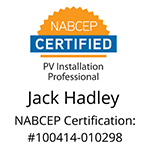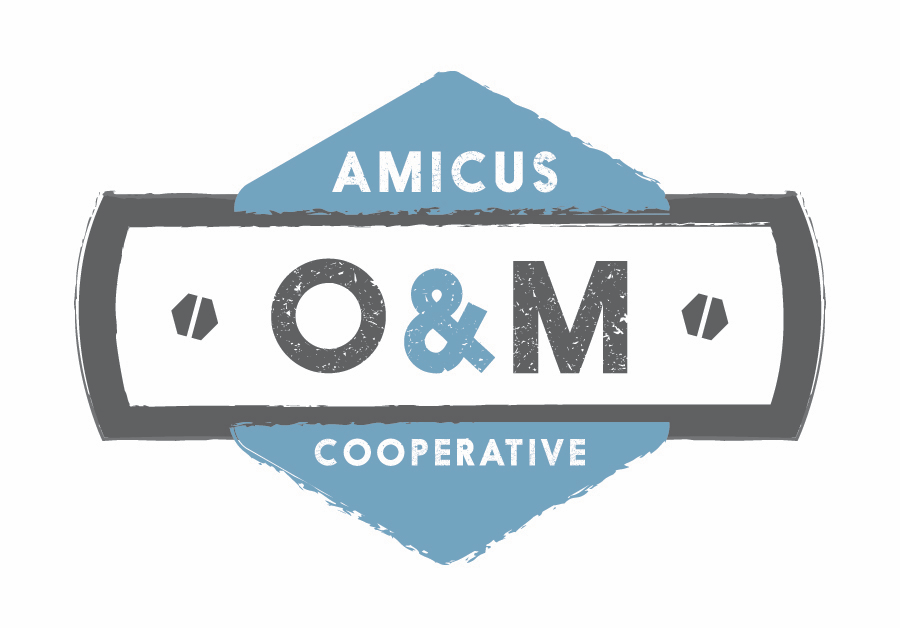KOKOSING SOLAR DONATES SOLAR ARRAY TO ENVIRONMENTAL NONPROFIT
The upgrade installed at the Grand River Conservation Campus will reduce the facility’s carbon footprint and support public dialogue about renewable energy.
LOCATION –Morgan Swamp Preserve, Grand River Conservation Campus, Rock Creek Ohio
Within The Nature Conservancy’s Morgan Swamp Preserve, the Grand River Conservation Campus is a place where people can enjoy nature through numerous recreation opportunities, including hiking, paddling, fishing, nature observation and more. A new solar panel installation at the Grand River Conservation Campus will help the facility save money, reduce their carbon footprint, and expand public dialogue about renewable energy.
The donation was made after conversations between The Nature Conservancy (TNC) and Kokosing Solar began in 2021. Kokosing Solar was invested in assisting The Nature Conservancy to advance their mission to conserve the lands and waters on which all life depends. In Ohio, this includes supporting their work to advance renewable energy buildout in ways that are good for people and nature.
“Kokosing Solar is grateful for The Nature Conservancy’s work as they help the people of Ohio understand how the transition to clean, renewable energy is about job creation, diversification of our economy along with clean air and a healthy climate. Our donated project has dual benefits for the nonprofit: the solar system will offset some of the nonprofit’s utility expenses while also bringing the topic of solar energy into the environmental education that is offered at the Dr. James K. Bissell Nature Center at the Grand River Conservation Campus.” — Geoff Greenfield, Director of Solar Strategy at Kokosing Solar.
The addition of 20 rooftop solar panels will allow The Nature Conservancy to reduce their contribution to greenhouse gas emissions over time. The 7.4 kilowatt solar array will help supply energy for the picnic pavilion, nature center and electric car charging stations, offsetting an annual equivalent of 111 tons of CO2. In greenhouse gas emissions, this is equivalent to driving a car 498,433 miles, or planting 240 acres of forest.
“The Nature Conservancy is working to address climate change and is a strong supporter of safely expanding the use of renewable energy sources, including solar, as part of the solution. We are grateful for Kokosing Solar’s gift of solar panels at the Grand River Conservation Campus. Not only will they help us reduce our reliance on fossil fuels at the preserve, but they will also provide visitors a chance to see and learn about the benefits of renewable energy on site.” – Marcel Weigand, northeast Ohio conservation coordinator for The Nature Conservancy.
About Kokosing Solar
Kokosing Solar has been designing, building, and financing clean energy solutions for commercial clients across the Midwest since 2000. We bring more than 22 years of solar installation experience as Ohio’s longest-standing full-service solar installer. In 2022 we became Kokosing and are strengthened by the 72 years of experience of Kokosing, Inc., one of the largest family-owned construction companies in the Midwest and Mid-Atlantic. We serve residential and commercial clients in Cleveland, Cincinnati, Columbus and beyond. We are a fully insured and licensed Electrical Contractor with highly –trained, NABCEP –certified installers committed to delivering safe high-performance systems with top-notch customer service.
About The Nature Conservancy
The Nature Conservancy (TNC) is the world’s largest conservation organization working globally to conserve the lands and waters on which all life depends. Since 1951, TNC has protected more than 120 million acres of land and thousands of miles of rivers and works in all 50 states and more than 76 countries and territories. This foundation of success was built on the same principles that drive our vision today: utilizing the best available science and driving collaboration and innovation with strong partners by our side. We’re deploying innovative solutions that maximize nature’s ability to fight climate change while bolstering resilience for our most precious ecosystems and vulnerable communities.

